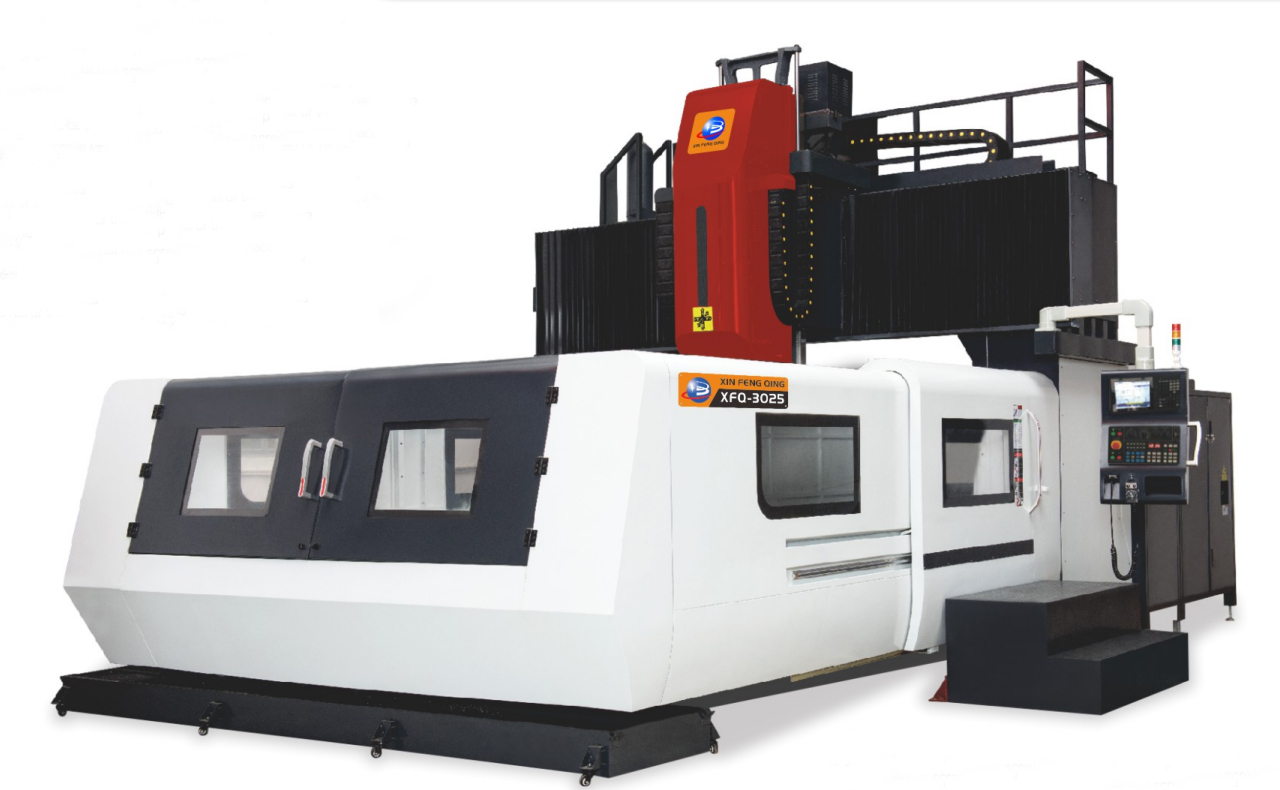Real-time data analytics has become an essential tool for businesses to stay competitive in today's fast-paced world. It involves the use of advanced technologies to collect, process, and analyze data in real-time, providing businesses with valuable insights that can be used to make informed decisions. One of the key components of real-time data analytics is the OLP subsystem. In this article, WDMLight will explore the role of the OLP subsystem in real-time data analytics.
What is the OLP subsystem?

The OLP subsystem is an essential component of real-time data analytics. It stands for Online Low-Latency Processing and is responsible for processing data in real-time. The OLP subsystem is designed to handle large volumes of data and provide real-time insights to businesses. It is a critical component of real-time data analytics as it enables businesses to make informed decisions based on real-time data.
The Role of the OLP Subsystem in Real-Time Data Analytics
1. Data Collection
The OLP subsystem plays a critical role in data collection. It is responsible for collecting data from various sources, including sensors, social media, and other data streams. The OLP subsystem is designed to handle large volumes of data and can collect data in real-time. This means that businesses can collect data as it is generated, providing them with real-time insights.
2. Data Processing
Once data is collected, the OLP subsystem is responsible for processing it in real-time. The OLP subsystem uses advanced algorithms to process data quickly and efficiently. It can handle large volumes of data and can process data in real-time, providing businesses with real-time insights.
3. Data Analysis
The OLP subsystem is also responsible for analyzing data in real-time. It uses advanced analytics tools to analyze data and provide businesses with valuable insights. The OLP subsystem can analyze data in real-time, providing businesses with real-time insights that can be used to make informed decisions.
4. Data Visualization
The OLP subsystem is also responsible for visualizing data in real-time. It uses advanced visualization tools to present data in a way that is easy to understand. The OLP subsystem can visualize data in real-time, providing businesses with real-time insights that can be used to make informed decisions.
5. Real-Time Decision Making
The OLP subsystem enables businesses to make real-time decisions based on real-time data. It provides businesses with real-time insights that can be used to make informed decisions. The OLP subsystem is designed to handle large volumes of data and can process data in real-time, providing businesses with real-time insights that can be used to make informed decisions.
The OLP subsystem is an essential component of real-time data analytics. It plays a critical role in data collection, processing, analysis, visualization, and real-time decision making. The OLP subsystem is designed to handle large volumes of data and can process data in real-time, providing businesses with real-time insights that can be used to make informed decisions.
In today's fast-paced world, real-time data analytics is essential for businesses to stay competitive, and the OLP subsystem is a critical component of real-time data analytics.
https://www.wdmlight.com/The-Role-of-OLP-Subsystem-in-Real-Time-Data-Analytics.html
https://www.wdmlight.com/OLP-Optical-Line-Protection
Leah
sales@WDMLight.com







+ There are no comments
Add yours